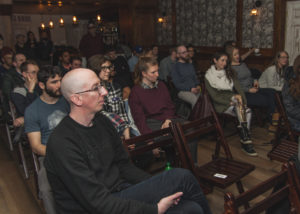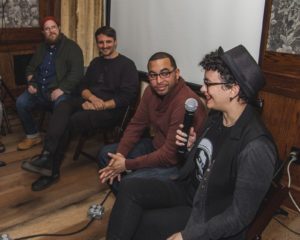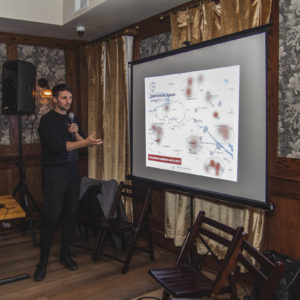Philadelphia Councilwoman Blondell Reynolds Brown proposed a bill which would allow alcohol-serving establishments in certain, undetermined districts to stay open until 4AM.
You can read the text of the bill at City Council’s website. The bill, if it passed, would still need enabling legislation from the state to take force.
There are a variety of viewpoints and questions in Philadelphia’s nightlife arts and culture community about this bill. Are later closing times better for business? Why 4AM? Where would these zones be located and why? What kind of music and entertainment would be presented there? Which cities have profitable, safe and culturally productive post-2AM nightlife cultures? What would the effect of this be on unregulated post 2AM nightlife?
24HrPHL founder Michael Fichman was interviewed by WHYY’s PlanPhilly about the 4AM bill.
“People in nightlife arts and culture envy cities that have longer hours,” said Fichman. “I think most people would welcome this.”
Fichman points to cities in Europe that allow alcohol-selling businesses in certain areas to stay open later in exchange for meeting certain public safety demands. In addition to providing extra streetscaping, they also have to offer “public safety ambassadors” to help guide people who get lost or manage the risky situations that inebriated people find themselves in.
These zones are also only able to get these licenses if they are providing what Fichman calls “quality cultural content.” Nightlife should be about entertainment, not guzzling more booze, he said
“I hope that whatever comes out of this provides additional venues for nightlife, arts, and culture and it isn’t just about food and drink,” said Fichman. “When you make good culture you get better behavior, and public safety and nuisance are foremost in people’s minds when they raise concerns about nightlife.”
24HrPHL community members look forward to having a productive discussion about whether or not this bill is a good idea for our city, and if so – how can it best be implemented to benefit the city’s culture and vitality?






